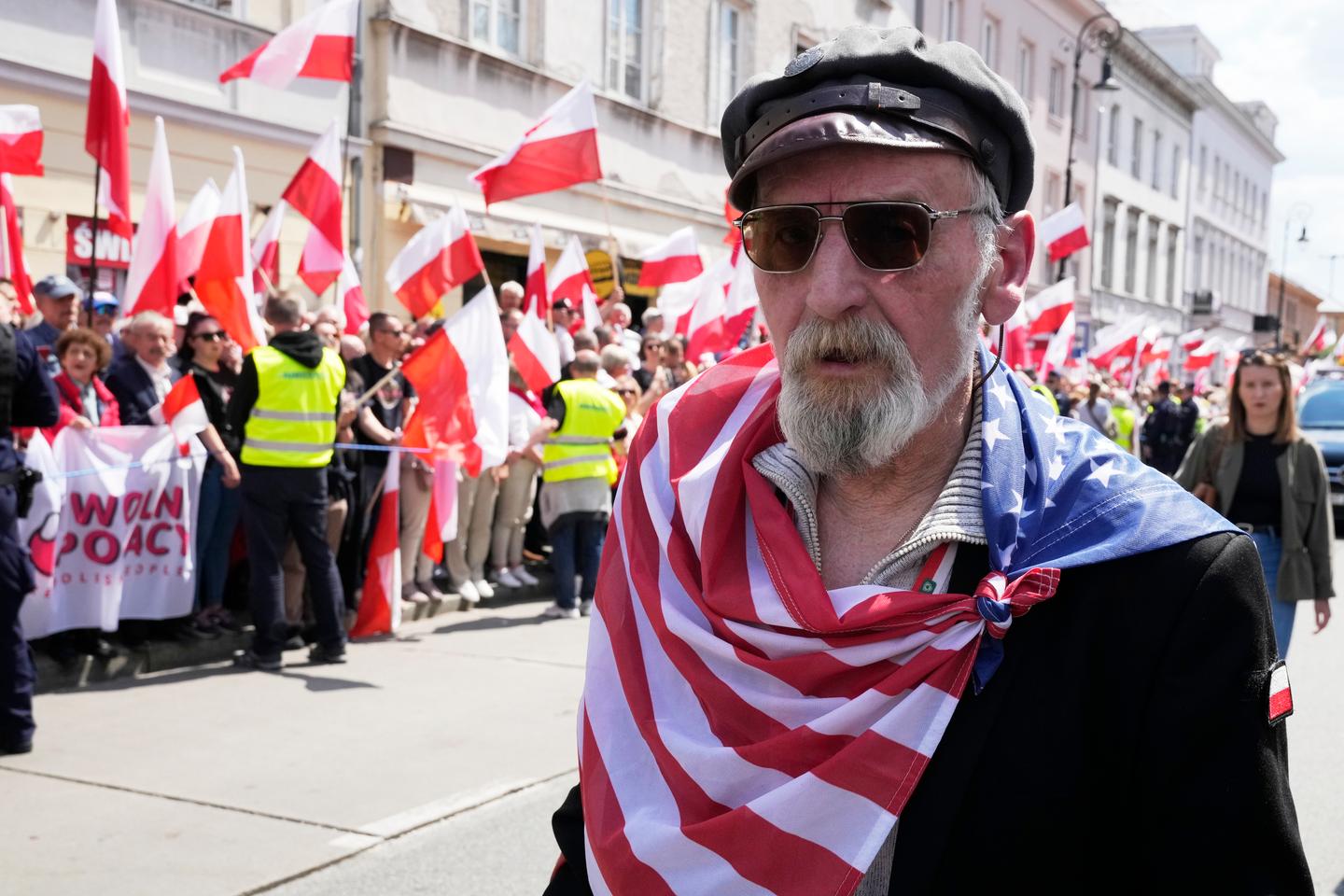


On May 18, the results of the first round of the presidential election in Poland – the second round is scheduled for Sunday, June 1 – came as a surprise, even a shock. Not only was the liberal candidate, Rafal Trzaskowski, who had been considered the clear favorite throughout the campaign, trailed by his ultraconservative rival, Karol Nawrocki – with 31.3% and 29.5% of the vote – but the far right achieved a breakthrough not seen since the fall of communism.
Slawomir Mentzen, of the nationalist libertarian party Konfederacja, secured 14.8% of the vote, and Grzegorz Braun, an openly antisemitic and homophobic royalist, received 6.3%. The surge was especially dramatic among 18 to 29-year-olds, who turned out in greater numbers than any other age group. Among them, Slawomir Mentzen gathered 35% of the vote, while Adrian Zandberg, the representative of the radical left, got 19% (compared to 4.8% across all voters). Grzegorz Braun recorded 5%.
Law and Justice (Prawo i Sprawiedliwość, PiS), which backs Karol Nawrocki, has over the years shifted toward unabashed nationalism. As a result, far-right parties collectively garnered nearly 53% of the vote. Among young voters, protest votes totaled 60%, with 40% going to the far right. Should these numbers be seen as the rise of a "brown wave" poised to reshape the political landscape? A closer look suggests the results are more nuanced.
Protest vote
All studies showed that the electorate of Konfederacja – primarily young and male – is not a monolithic ideological bloc. It is volatile, with protest voting often outweighing ideological considerations. Many voters were drawn to Slawomir Mentzen's ultra-liberal promises ("zero taxes," "minimal state," etc.), overlooking other aspects of his platform. This phenomenon was amplified by an effective social media campaign, where short TikTok videos and punchy messages proved more effective than traditional speeches and TV interviews.
You have 62.97% of this article left to read. The rest is for subscribers only.
